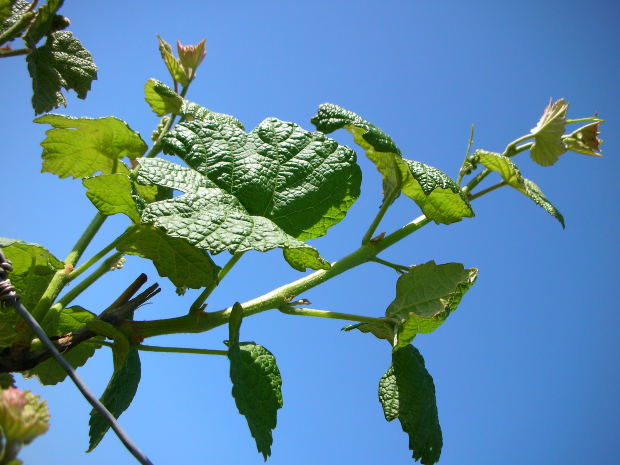 Loading... Please wait...
Loading... Please wait...Save Money. Grow Your Own!
Fast Plain Box Shipping.
We ship to the US & Canada.
Grow Your Own!
Best Hydroponic Growbox practices Explained!
Posted on 24th Mar 2015
This title looks like something you'd find on the front page of a tabloid, but the best hydroponic grow box practices aren't something that needs in exposé or tell-all – many of them are things that successful gardeners have been doing for decades, although some others are, admittedly, pretty new.
Here are some of the best tips for getting a hydroponic garden prepared for vibrant and healthy harvests.

The Basics
There's a set of ‘best practices’ that are extremely common in hydroponics, but if you don't know about them, your plants can suffer. Most of these tips relate to keeping a consistent and healthy environment for plants, and micromanaging elements like temperature, humidity and pH value, as well as the particular chemical makeup of reservoir water. Growers have to keep on top of these things with an eagle eye and put the plant environment under a microscope. There's also the need to craft light and dark cycles that will complement plant circadian rhythms to help them grow better. All of these are core aspects of producing healthy plants.
FogPonics
Foliar feeding or FogPonics is another big hydroponics booster that has emerged recently. The idea is simple -- instead of just feeding plants through a reservoir, you also spray them with nutrient-rich water and they take in nutrients through their leaves. This can make plants more abundant or save them when they're under pressure.
Aquaponics
Another of the most impressive modern hydroponic strategies is putting together plants and marine life in one synergistic environment. The fish or sea creature waste can actually provide elements that plants can use to grow, and vice versa. That's why aquaponics is really taking off in the hydroponics world and becoming one of those best-kept secrets in the industry.
Sea of Green and Screen of Green
two more big new techniques are called sea of green (SOG) and screen of green (SCROG) respectively. Both of these have to do with setting up a canopy system to help with light distribution and other aspects of growing. Much of this philosophy can be boiled down to that old saying that “there's strength in numbers” and that proximity between plants can help nourish individual plants in key ways.
These are some of those big headlines in hydroponics that help beginners to figure out how to become grow wizards. For more, take a look at all of the sophisticated gear and equipment that's out there to help you micromanage hydroponics projects and build better gardens for the future.
